Back on New Year’s Eve weekend in 2017, I purchased my 2018 Jeep Wrangler JK Unlimited Rubicon.
I made several upgrades and modifications to the Jeep during the first year of ownership. These varied from small comfort items like the hardtop headliner and door sill protectors to more significant items like the LoD Offroad Destroyer rear bumper with tire carrier, sPOD Bantam, and Warn Zeon 10-S winch.
After the first year of ownership in 2018, I didn’t really do much else to my Jeep Wrangler JK and kept driving it as-is for the second year.
So given that two more years passed after I gave my last assessment / update on my 2018 Jeep Wrangler, I wanted to give an update after three years of ownership.
As mentioned earlier, I stopped working on the jeep for the second year of ownership (2019), but in December 2019 I began modifications once again by addressing the audio system.
I got around to swapping out the factory stereo for a Kenwood DMX7706S with iDatalink Maestro and swapping out all four sets of speakers for Alpine SPV-65X-WRA speakers. The audio upgrades were much needed, particularly to provide Apple Carplay capabilities.
Then the Coronavirus pandemic hit in March 2020 which inadvertently started more modifications to my Jeep. Due to the fact that I was working from home and activities were limited, it meant I had more wrench time. This resulted in me finally replacing the factory plastic front bumper with the LoD Offroad Destroyer Shorty Front Bumper.
But the more significant upgrade work during the third year of ownership (2020) was the DIY installation of the Metalcloak 2.5″ Gamechanger suspension lift (with Rocksport shocks) install along with 35″ (315/70R17) tires with new wheels.
The main reason to lift a Jeep is to accommodate larger tires. Since I was still running stock 32″ tires and would not be replacing the tires for 35″ tires until the factory tires wore out, I wasn’t planning on installing a lift kit any time soon. But just like with the front bumper replacement, the change of life in the year of 2020 caused me to take the opportunity to work on the Jeep more and resulted in a much earlier than planned lift kit install.
In the latter half of 2020, I ended up swapping out the tie rod, drag link, and steering stabilizer for the Metalcloak HD Steering System (kit).
As of January 2021, my 2018 Jeep Wrangler JK Rubicon has the following modifications that replaced OEM parts:
- LoD Offroad Destroyer Front Stubby Bumper
- LoD Offroad Destroyer Full-Width Rear Bumper with Tire Carrier
- Metalcloak 2.5″ Gamechanger Suspension Lift with Rocksport Shocks
- Adams Driveshafts front 1310 driveshaft
- Metalcloak HD Steering System (tie rod and drag link with Rocksport steering stabilizer)
- RuffStuff Specialities Dana44 Differential Covers (front and rear)
- 17″ Icon Alloys Vector 5 wheels (satin black)
- Milestar Patagonia MT LT315/70/17R tires
- Dynatrac ProGrip Brake System
- Kenwood DMX7706S stereo headunit with iDatalink Maestro
- Alpine SPV-65X-WRA speakers
The following supplementary add-ons and accessories (not originally installed on vehicle when purchased new) are currently on my Jeep Wrangler as of January 2021:
- Warn Zeon 10-S winch with Factor55 UltraHook
- sPOD Bantam with HD Smart Panel
- Rigid Industries E-Series Pro 10″ spot/flood combo (110313) lightbar
- 2x KC HiLites Cyclone underhood lights
- 2x Rigid Industries D-Series Flush Mount Flood (212113) (rear bumper) lights
- Jeep OEM Hood Lock
- Jeep OEM Hardtop Headliners
- Jeep OEM Door Sill protectors
- Springtail Solutions JKU Side Racks
- Cobra 75 WX ST CB Radio with Mopar Jeep JK CB Antenna Kit
- Bestop Front and Rear Seat Covers
- Superchips Flashcal F5 (3571)
After three years of ownership, I put on 28,017 miles and those first three years did not go without a few hiccups.
The first issue I had was a front (passenger) axle shaft seal failure at 22,000 miles. I noticed that the inside of my front passenger tire was wet. I took a look at the axle C and noticed liquid starting to pool up on the bottom C.
I ended up taking the Jeep to the dealer and the axle shaft seals were replaced under warranty.
The second issue took place at 26,000 miles and involved the front axle yet again. I was driving down a street in my city and suddenly the front locker indicator light started blinking on the dashboard as if it were trying to (de)activate. I slowed down from 45 mph to pull off the street into a residential area and right when I got around to 5 mph I felt the front locker engage and my front wheels were locked.
I was able to get the locker to disengage and continue on, but my front locker would no longer engage when I tried to activate it.
I later pulled the differential cover off the differential housing and found the front locker actuator was broken. The plastic ‘box’ on top of the actuator was separated and the ribbon cable within the actuator had been cut/sheared. I took the Jeep into the dealership service center and it was replaced under warranty.
Obviously, an axle shaft seal leak and a front locker failure are pretty significant issues to have in less than 3-years / 26,000 miles of ownership, so it is disconcerting to have those failures early in the Jeep’s life.
But those two issues are actually things I could have fixed on my own without warranty. Front axle seals are under $50 for a pair and it is not overly difficult to change out axle seals on your own. It is just the time to pull the carrier out of the axle and push out and push in new seals. The JK locker actuator is a little pricey at around $340 ‘retail’ and that should be the same amount of work as changing front axle seals.
The third issue is probably one of the more annoying issues for JK owners: a hard top leak. I developed a hard top leak where the front Freedom panel meets the main hard top section and it leaks in the floor / foot area of the rear passenger side. It only happens when the vehicle is parked outside and is left stationary and it is raining for an extended period of time.
Note that this leak did not manifest until I removed the Freedom panels to route some wiring and is commonly experienced by many JK owners because the Freedom panels never seem to seal the same way. I’ve tried various recommendations on how to install each panel and in specific ordering when securing latches to no avail.
It is not a catastrophic issue right now because it doesn’t rain often in Southern California and I do have WeatherTech floor mats so the leak shouldn’t cause a mold issue. Not to mention, I can park in the garage if necessary.
Nonetheless, this is an annoying issue. I never bothered to take it to the dealership for a warranty fix because it would be a waste of time since they wouldn’t be able to replicate the issue (doesn’t occur when washing the car). I am going to do my own troubleshooting to try and isolate which portion of the hardtop seals is the problematic area, but this will take some time since I will only be able to do the tests when it rains heavily and/or steadily.
Giving a three year of ownership update, some may wonder if I am happy with my Jeep. I will wholeheartedly say that I am happy with my 2018 Jeep Wrangler JK Rubicon even with the issues I experienced.
It’s a fun vehicle to drive and is a great range vehicle for the ranges I utilize. My primary and secondary member-only shooting facilities both have harsh roads often not suitable for passenger cars.
It also allows me to have confidence on my casual off-road journeys.
When I first got my 2018 JK I got asked by a few folks if I regretted not getting the JL. I will admit that the JL has a lot of improvements over the JK that I would have liked and I think price premium of the JL over the JK does justify the updated features. Although the Engine Stop Start (ESS) technology in the JL is something I am not a fan off, especially in this type of vehicle, and is probably one pro with going with the JK.
Not to mention, I’m reading about a lot of new nuances with the JL such as locker sensor failures and starting issues related to the second battery (Wrangler JL’s have two batteries).
If I have any regrets right now it is that I haven’t done any serious off-roading with my Jeep. I’ll hit casual trails every few months, but I have yet to do the more well known challenging trails here in Southern California (e.g., Gold Mountain, John Bull).
Until then, I still plan on making a few more modifications to my 2018 Jeep Wrangler JK Unlimited Rubicon. I want to change out the stock fender flares for maximum tire clearance. I’m currently using three of the four included bump stops from the Metalcloak Gamechanger suspension lift kit to prevent fender rub.
I am still on the fence on which flares to go with. I may actually stick with ‘plastic’ by getting the MCE fender flares. They are plastic but highly regarded. If I go metal, it will be aluminum fender flares by Metalcloak or Nemesis Industries.
I was eager to regear the Jeep after the wheel and tire upgrade, but after driving around with the 315/70/R17 on 4.10 gears, I have gotten used to it. I am holding off on the regearing for now and will reassess the regearing come the second half of 2021.
That sums up my update on my 2018 Jeep Wrangler JK Unlimited Rubicon after three years of ownership. If you are interested in getting a Jeep Wrangler, feel free to reach out to me if you have questions. I’m not a Jeep expert, but I feel like my experience can help someone interested in the world of Jeeps to make a sound decision.

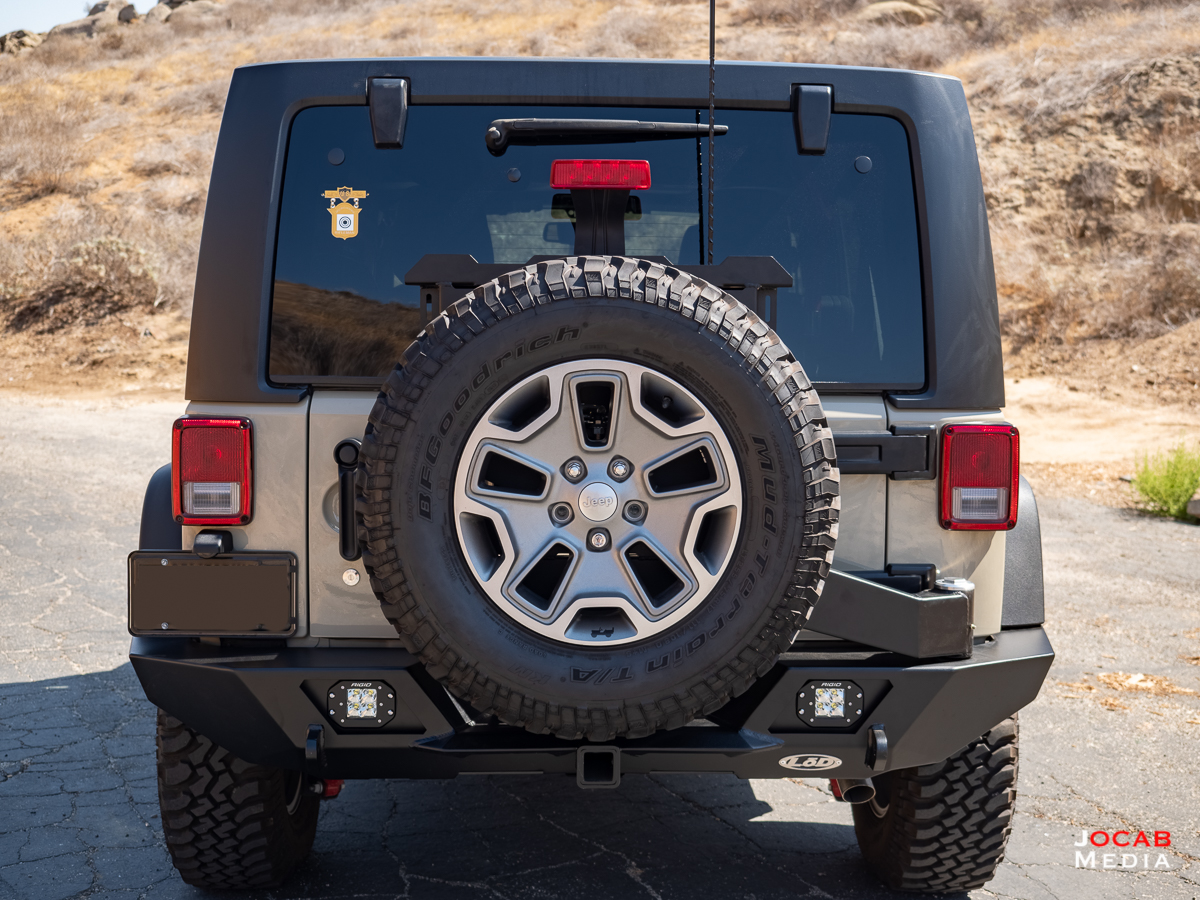
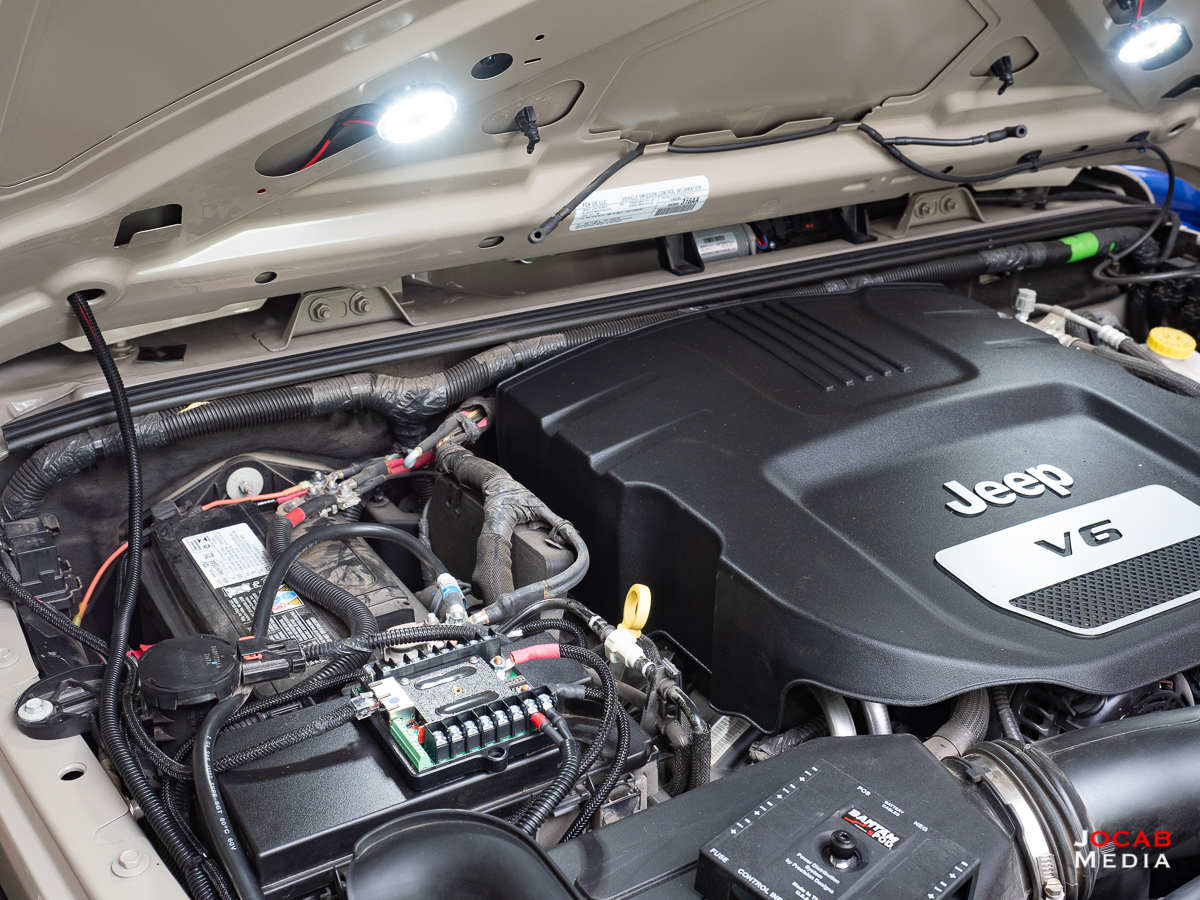
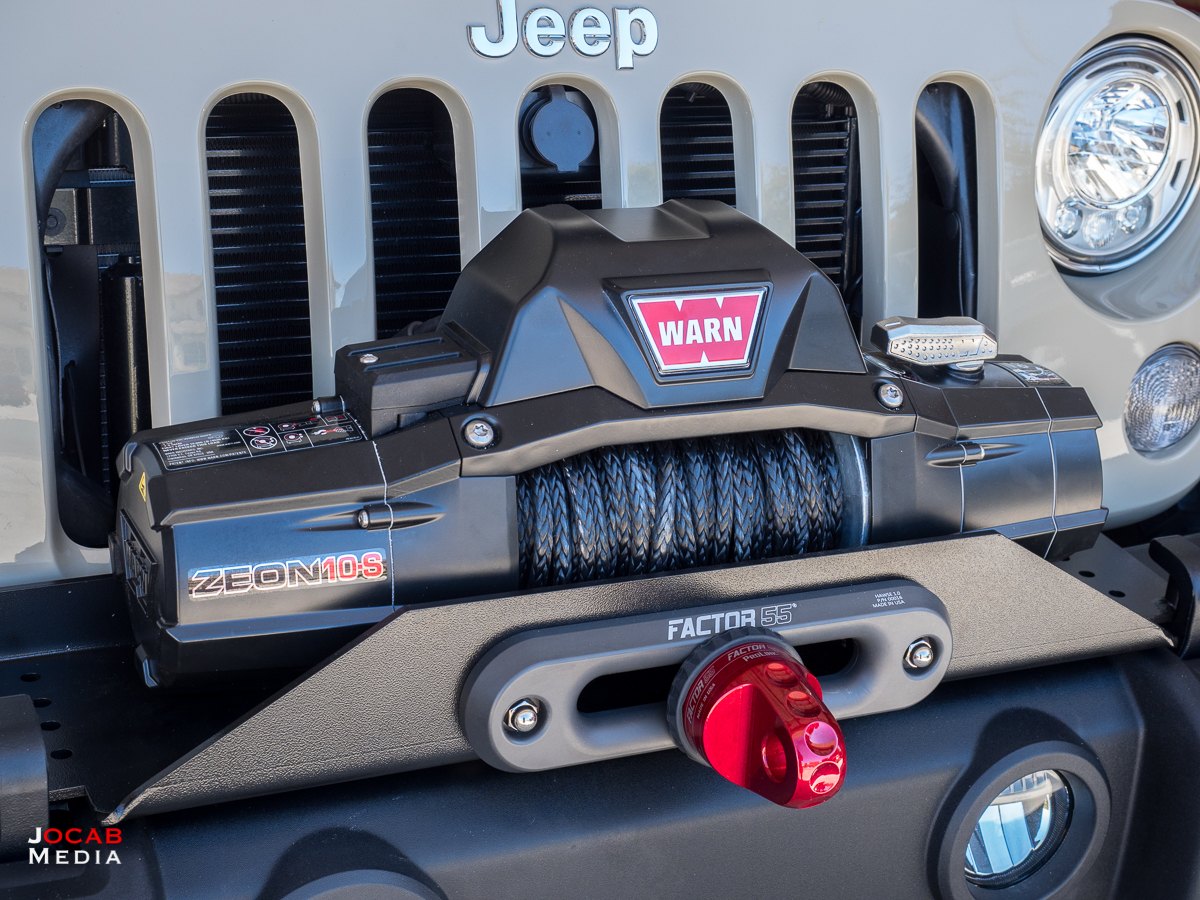
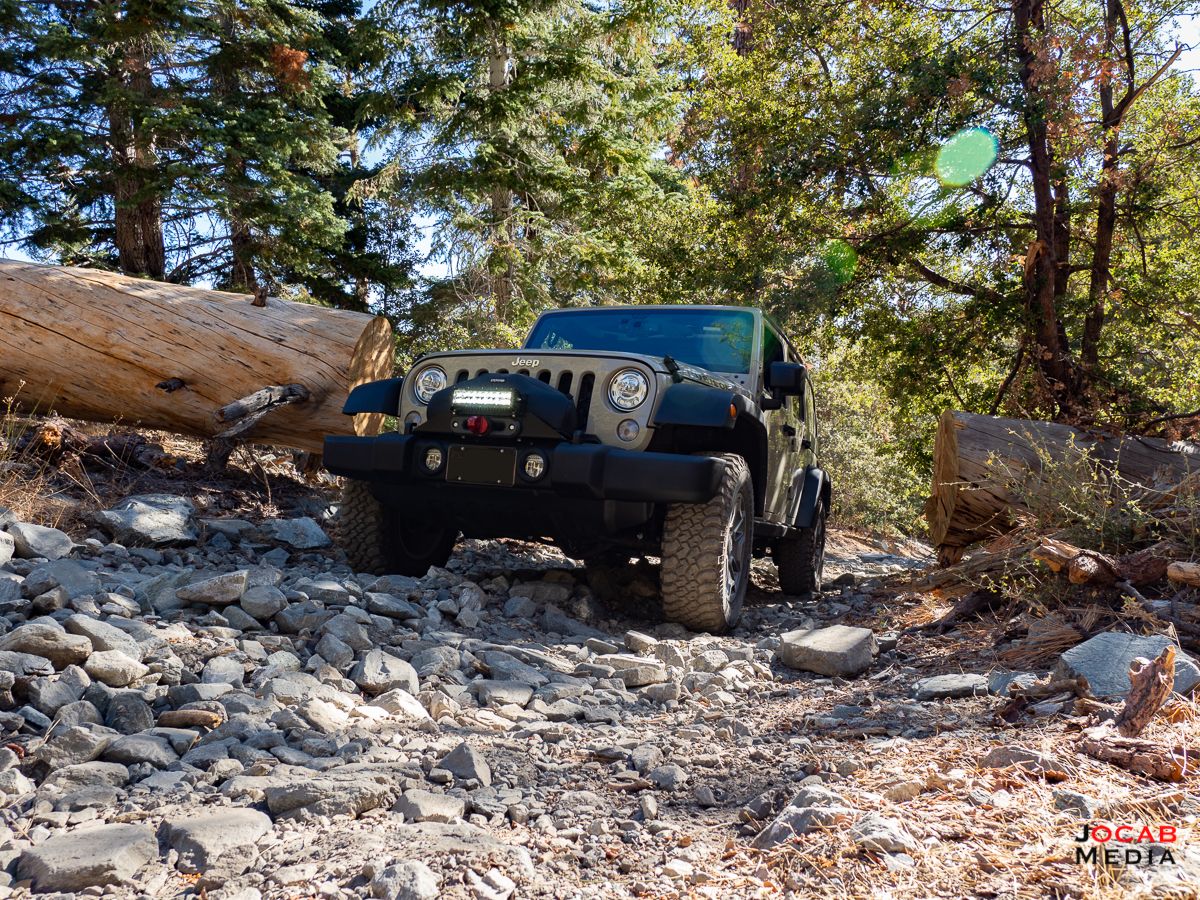
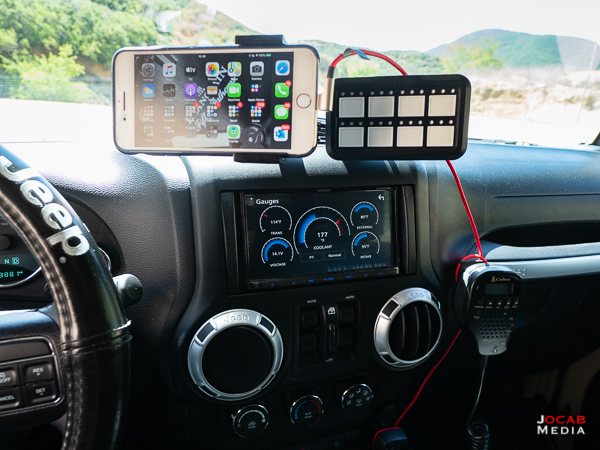
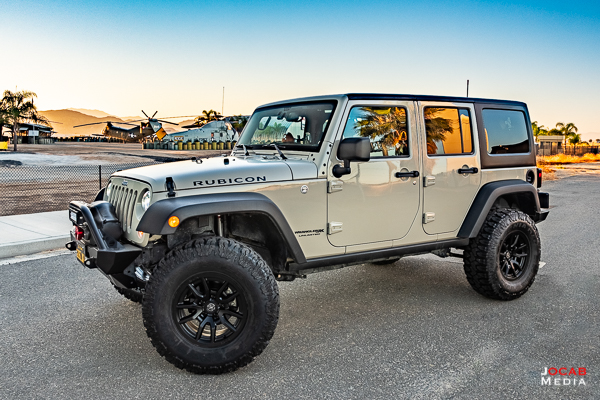
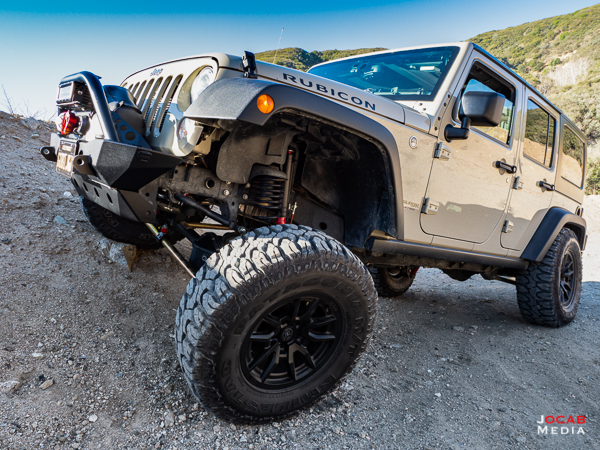
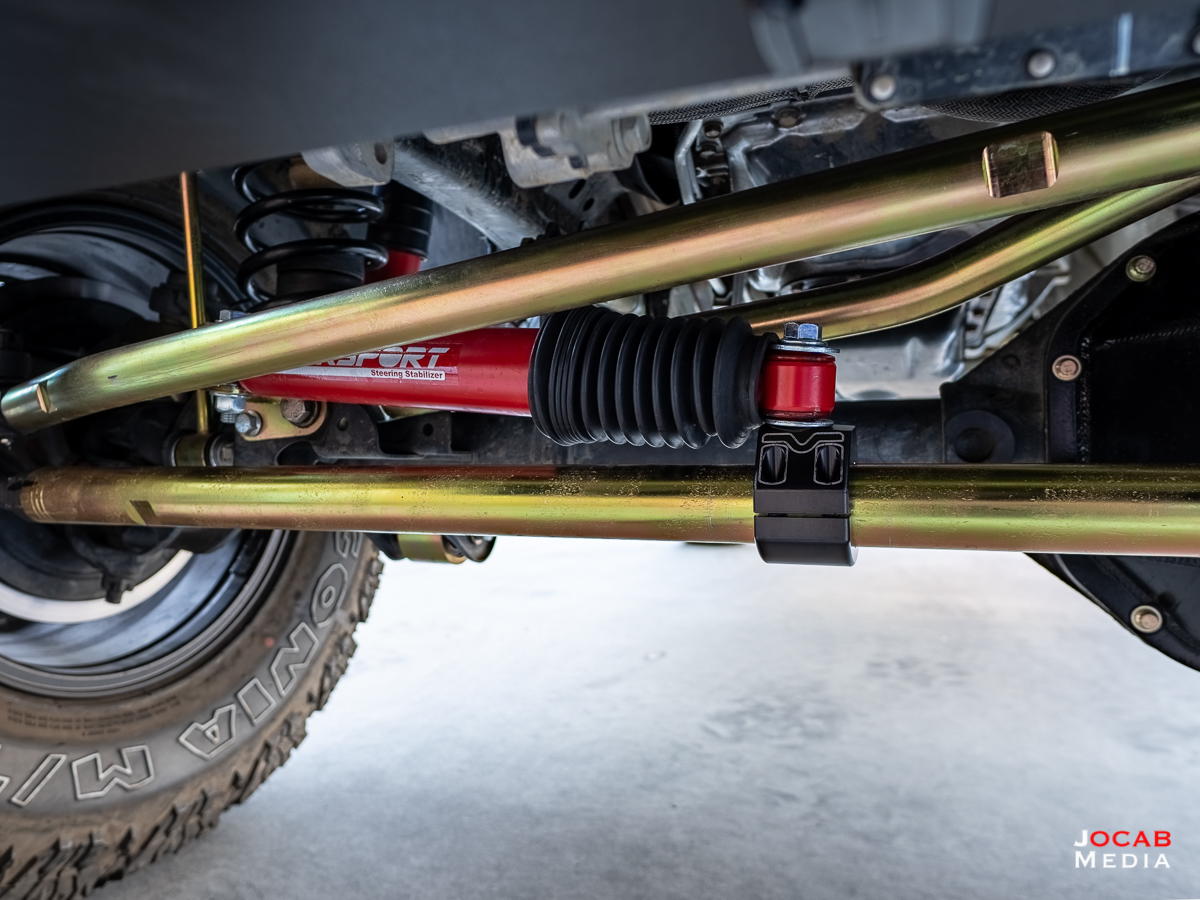
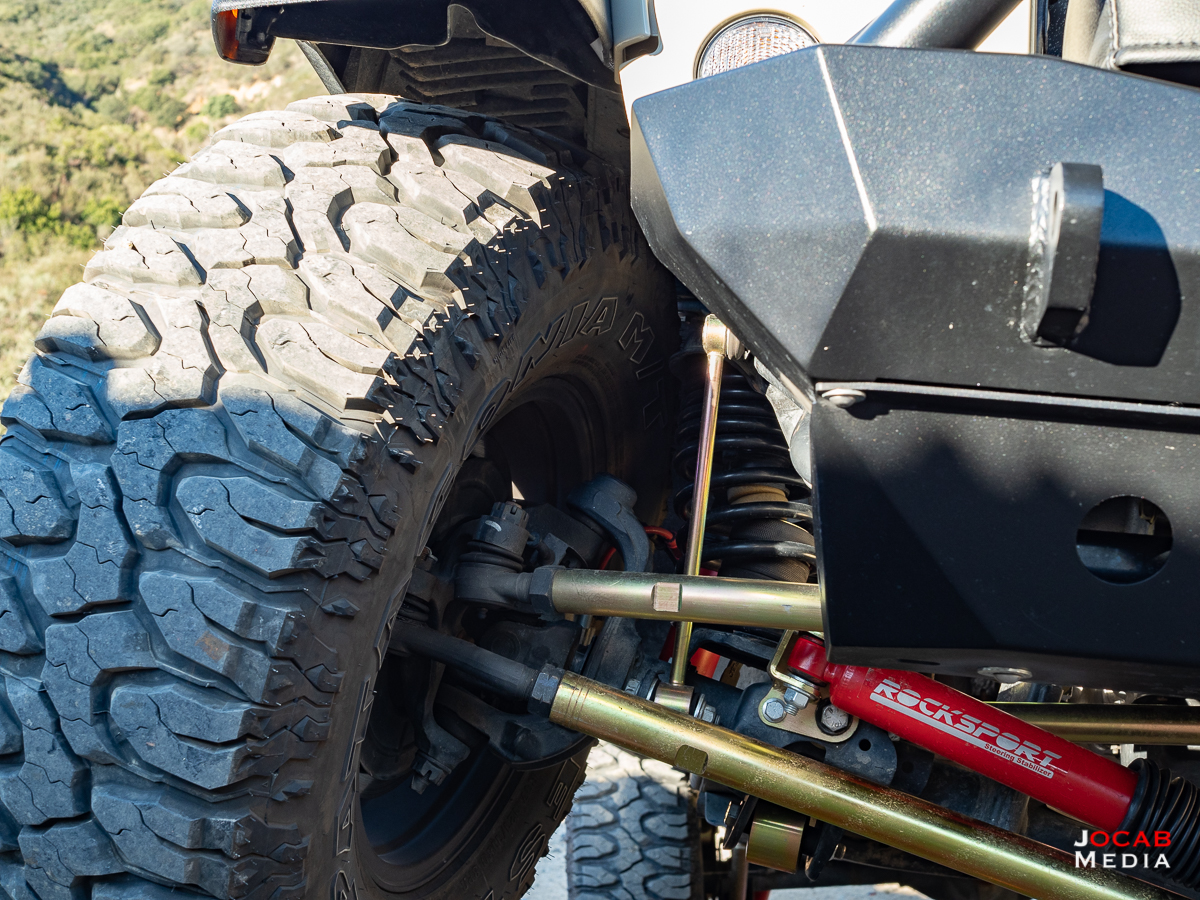
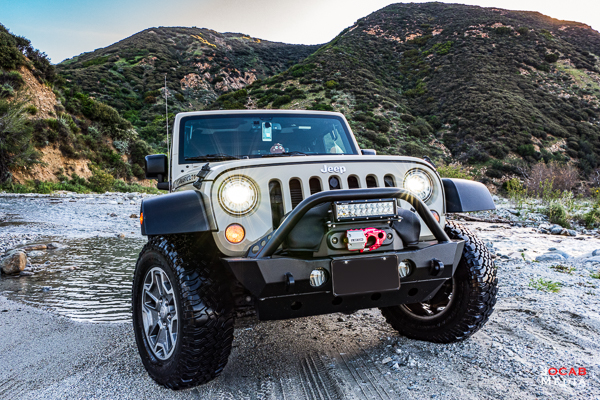
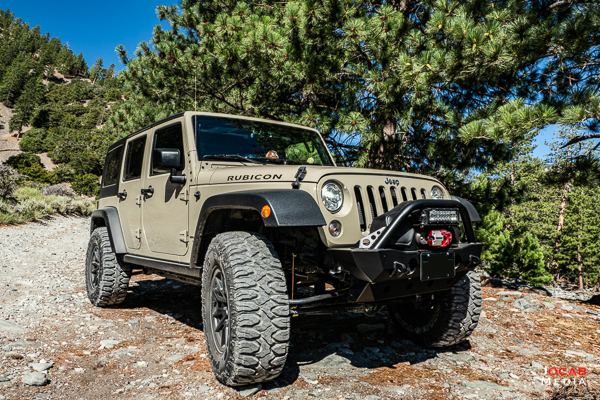
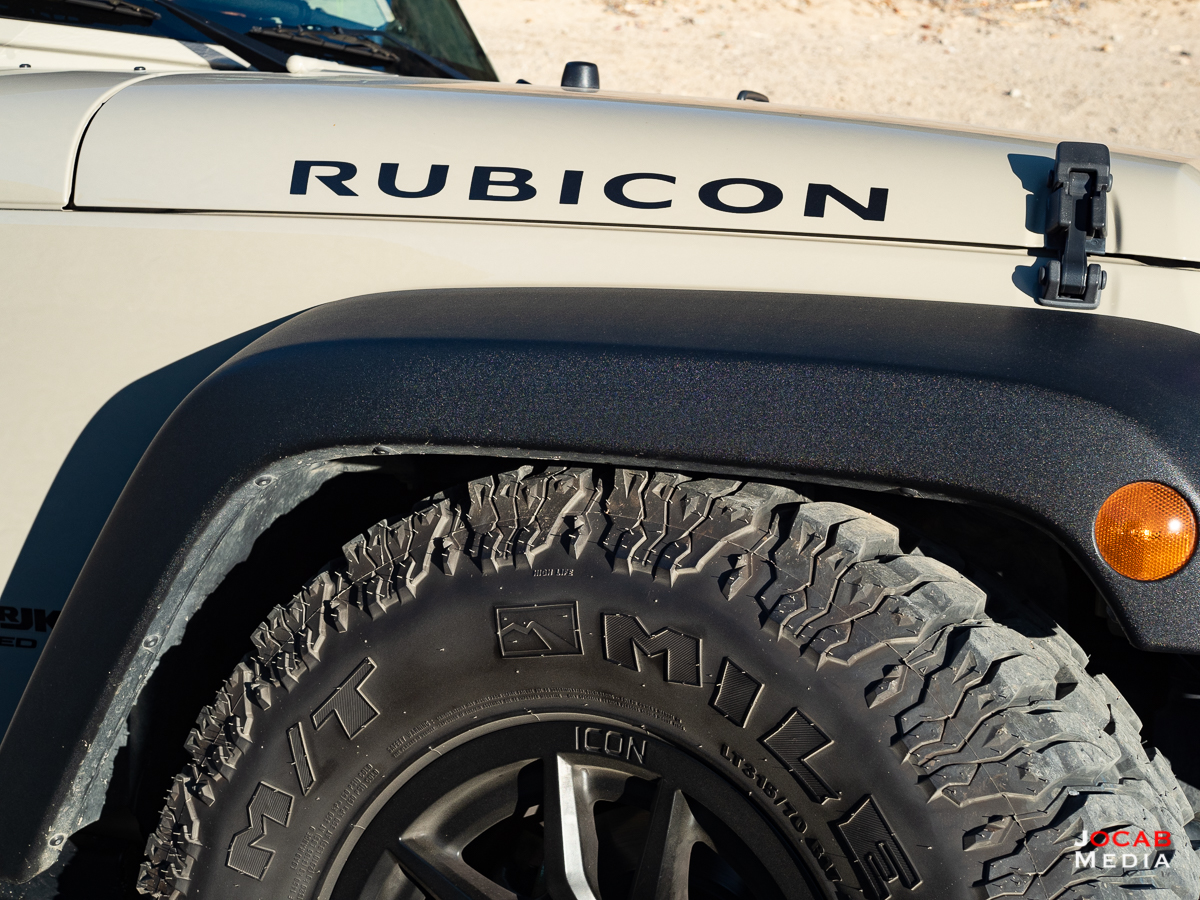
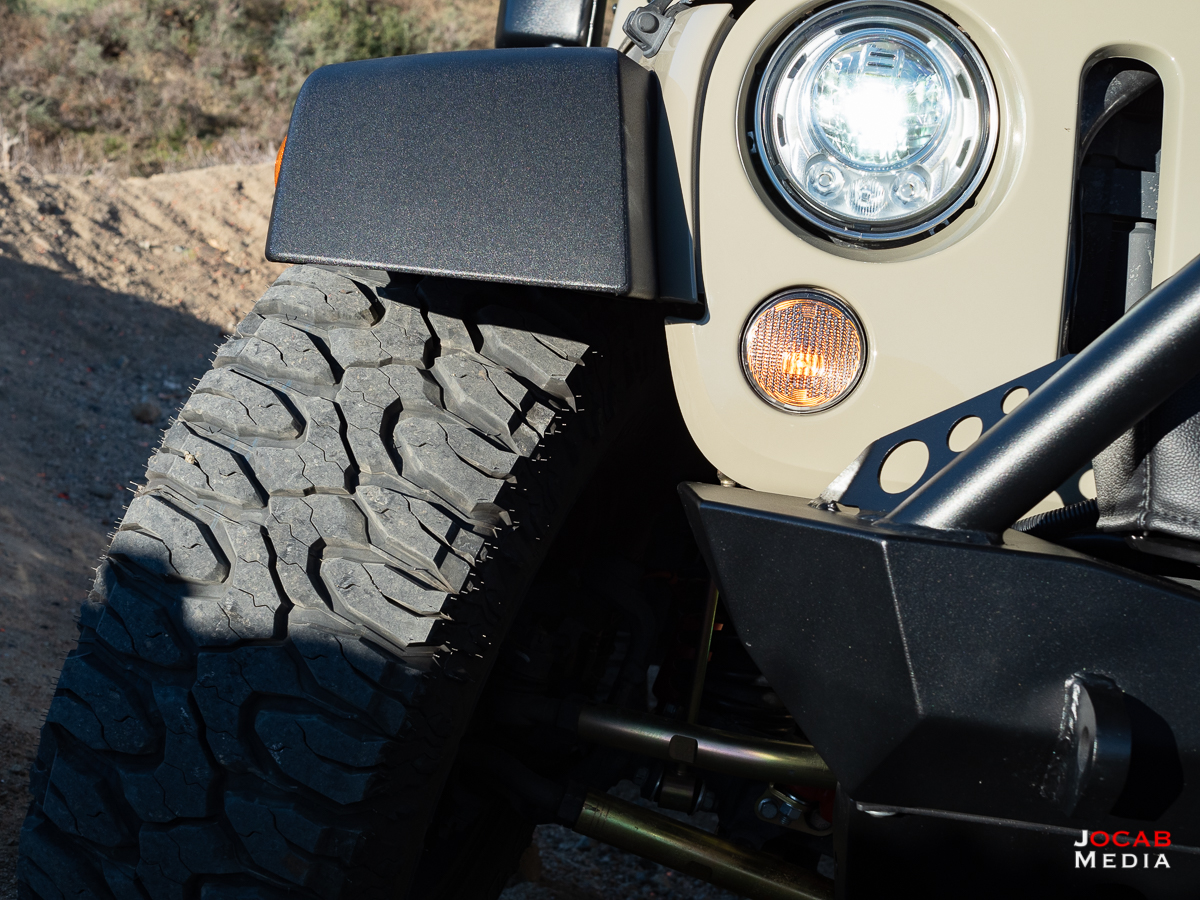
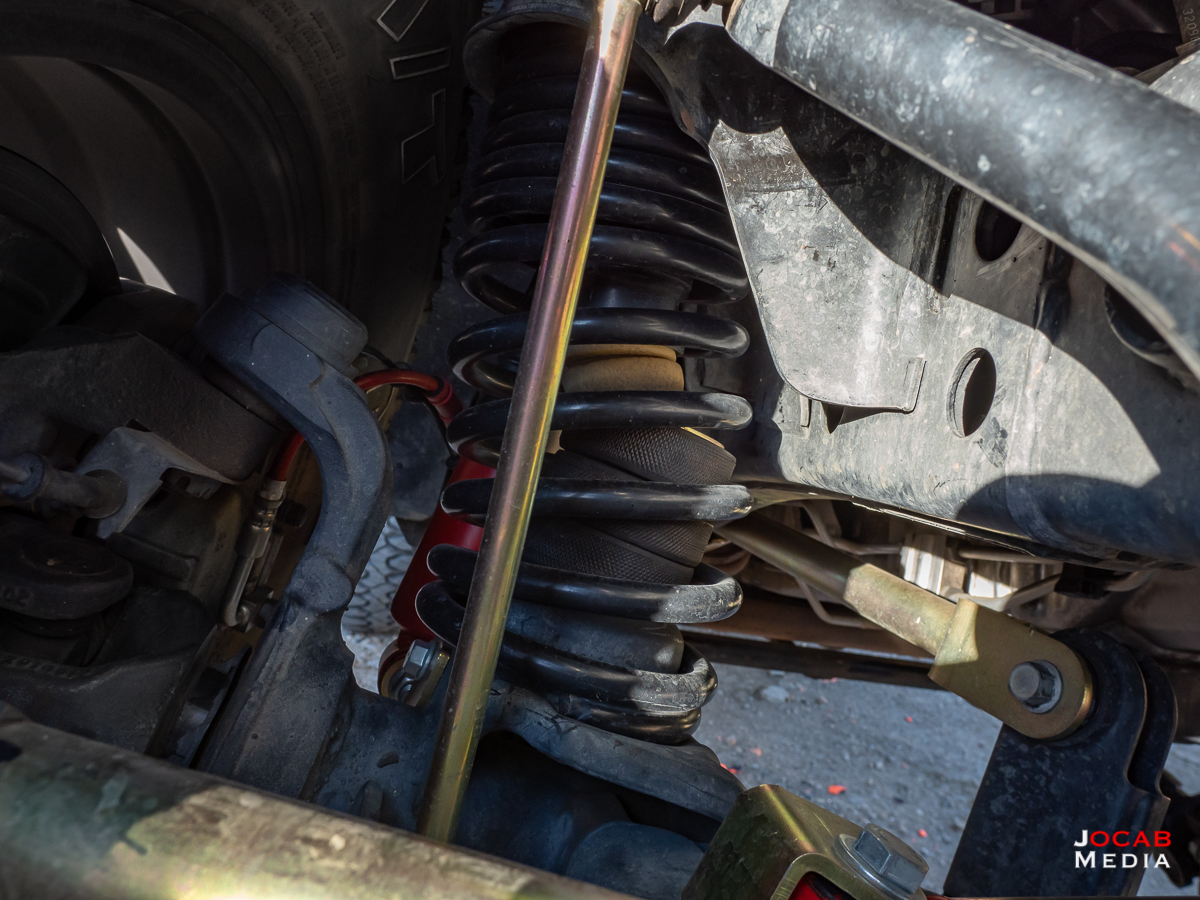
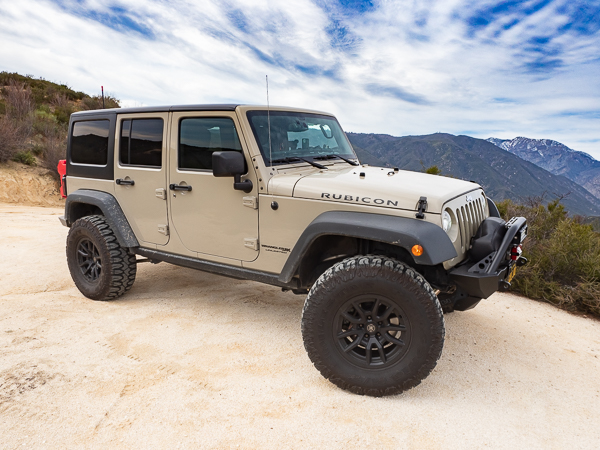
Scott Coster
Jonathan,
I found your site while seeking insight on LoD’s rear bumper/tire carrier. Thank you immensely for sharing your JKU Rubicon experience. I am going to read more in the future on your automotive and other topics–specifically on shared calibers. As appreciation for sharing your insight, I’ve commented below to share some insight with you.
Executive summary on my note below: it’s insight on JKUR and JLUR gear swaps. Your article above mentioned a potential gear swap after the 35″ tire upgrade. If you have already decided, my comments may be moot. If the upgrade is not decided, I hope you find my thoughts interesting and helpful. Reach out to me if you’d like more specifics or to chat about this or related issues. (email below)
I own a 2013 JKU Rubicon, a 2024 JLU Rubicon, and live in Moab-Utah where Rubicons are used per design. The 2013 has a 6-speed standard on 35″s, the 2024 has an 8-speed automatic with the factory 35″ tire upgrade.
2013 JKUR Gear Swap from 4:10 to 4:88:
The JKU manual transmission of 35″ tires (IMO) requires a gear swap. Briefly, the gears are way to high on 35s, which makes 2nd gear and 6th gear almost useless in 2H while off road and on highway respectively. Additionally, I found myself in 4L while on most of Moab’s jeep trails just to decrease clutch use. 4:56s put the torque/RPM/gear curve close to Jeep’s (4:10) target when upgrading to 35″ tires. I decided on 4:88s because I’m rarely on the highway and wanted to stay in 2H most of the time while off pavement–a jump beyond 4:56s. The low end crawl is unbelievably good (I’d say stellar) when in 2H and 4L; however, I’m almost always in the 2500-3300 RPM range when on highway. High RPM likely will limit motor longevity and unarguably decreases MPG, which most importantly decreases range. I’m thinking 35″ tires with an automatic transmission does not compromise your performance as extremely as they did mine?
2024 JLUR: 4:56s on 35″s, 4:88s on 37″s both with 8-speed automatics:
I ordered a 2024 JLUR the same time a buddy (Kevin) ordered one. I use jeeps primarily for over-landing in tough places (and take visitors rock crawling) whereas Kevin primarily rock crawls Moab’s jeep trails on day trips. Accordingly, I compromised with 4:56s on 35″ tires, Kevin went with 4:88s on 37″ tires. Both parings put each vehicle’s torque/RPM/gear curve very close to factory 4:10s with 32/33″ tires.
Kevin doesn’t have to pick lines (perhaps not at all) as carefully as I but does have a measurable decrease in MPG, highway ride characteristics, and (most importantly) range. Additionally, 37″s cost more and have a much higher PITA factor during airing up/down and during tire rotations, which are more important on rock crawlers or overland rigs than daily drivers. Interestingly, 4:88s should put Kevin’s rig on a similar torque/RPM/gear curve with my 2024 rig.
My 2024 on 35s with the 8-speed is pretty amazing. The 2024 can rock crawl and overland as well as my 2013 JKUR, but additionally adds overland range, MPG on highways, and pretty good daily driver handling. More or less best of both worlds except for all the ESS and nanny-state issues that come with newer rigs: and there are a lot of them with this fkn 2024…a good reason to keep the 2013. There are some excellent websites with gear/tire calculators that you might reference. My summary on gear swaps is automatic transmissions can compensate for tire diameter way better than a manual. If you don’t see a specific operational area that really bothers (limits) you, no need to change. If you are limited in a low-end operational area that you pursue frequently, you won’t regret going to 4:56s. Compromise is an inevitable constant, but it shouldn’t be in the arena most traveled.
Jonathan Ocab
Thanks for the information. I still haven’t gotten around to regearing. I really should. Last year I was going to take it to a place that is supposedly highly recommended, but I had a hard time getting any time from them to answer a few basic questions. So I just let that sort of die and haven’t revisited regearin since. Maybe in 2024.